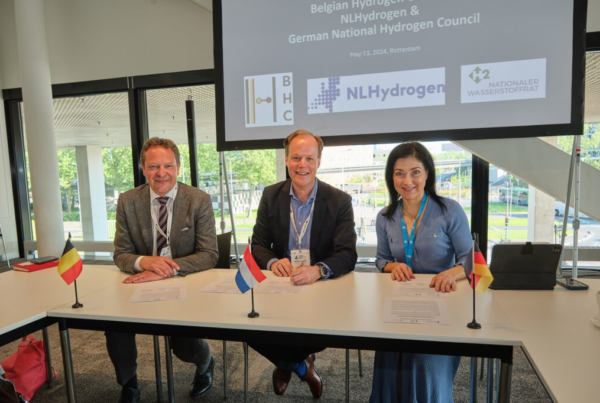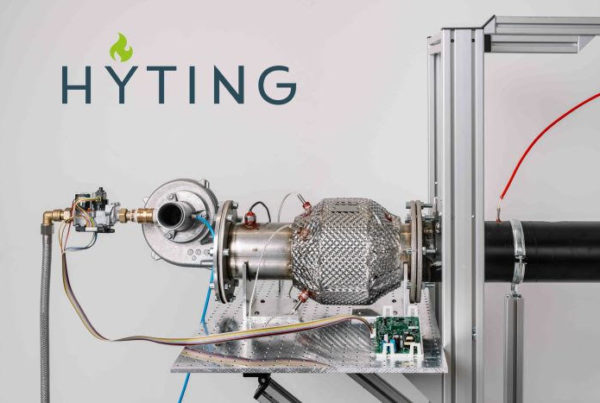
South Africa could play an important role as a secure producer of green hydrogen in the coming years. However, there are currently challenges in storing and distributing the raw material. This is where the recently launched Fraunhofer joint project “HySecunda” comes in, which aims to find optimized solutions for the production, storage and certification of green hydrogen. Fraunhofer IKTS contributes its expertise in the development of measurement methods and sensor concepts.
South Africa has abundant renewable energy sources such as solar and wind. These can be used to produce clean and sustainable hydrogen – also for Germany and Europe. The prerequisite for this is suitable infrastructure for hydrogen storage and distribution as well as competitive production costs.
This is where the HySecunda joint project comes in, in which nine Fraunhofer institutes and the Fraunhofer Academy are developing practical and scalable solutions for green hydrogen production in South Africa over a period of three years. In addition, structures and skills should be developed in line with the needs of the 16-state Southern African Development Community (SADC region), for example through a training and further education concept.
Market and system-appropriate solutions for the certification of green hydrogen
A central topic for HySecunda is also market- and system-oriented solutions for the certification of green hydrogen and its downstream products. These are a prerequisite for successful commercialization and import to Germany and Europe.
The Fraunhofer Institutes provide support on a technological level in various areas of focus and offer complementary competencies and approaches. Fraunhofer IKTS contributes its expertise in the development of measurement methods and sensor concepts. These are intended to enable better detection of leaks in tanks and pipes as well as early detection of corrosion and aging processes. The institute also participates in the development of training and further education concepts with new teaching formats and materials for local stakeholders.
Contribution to energy security in Germany and Europe
The aim of the project activities is, on the one hand, to make a contribution to energy security in Germany and Europe and, on the other hand, to build long-term cooperation with the SADC region.
The research project with a total volume of approximately 15 million euros is funded with funding number 03SF0734A within the 7th Energy Research Program of the Federal Ministry of Education and Research.
SOURCE: Fraunhofer
Read the most up to date Fuel Cell and Hydrogen Industry news at FuelCellsWorks




